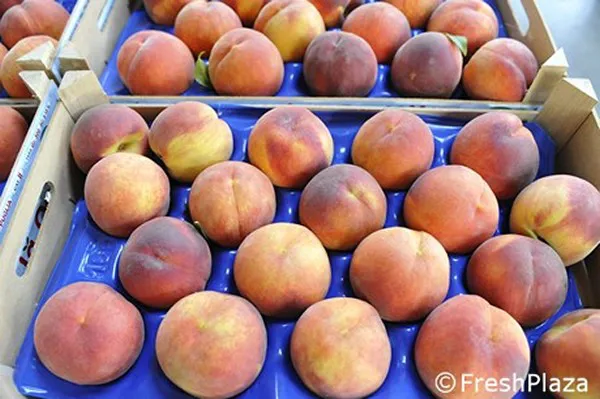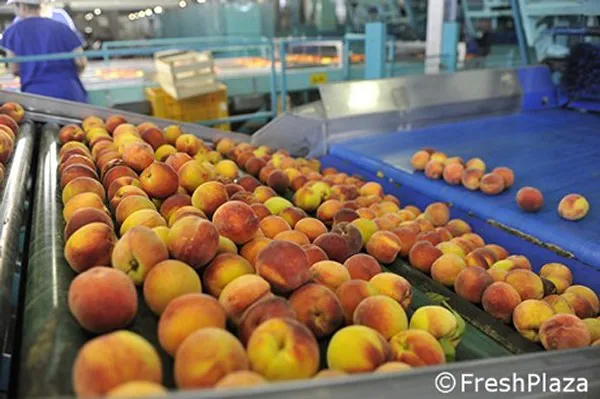Peaches and nectarines are fetching very good prices. There is demand in the market and availability is not high. The quality is very good, although the calibers are small. This is already a first factor to consider. Every year it is said that it is the caliber that makes the difference, but in years like these, it is not actually true.
"There is good demand and prices are high for both peaches and nectarines. There is a lack of Spanish product, and this gives a hand to Italian producers. At the moment, the gauges are quite small. Categories B and C are leading, while A and AA are at just over a third of the total," explained broker Daniele Berardi.

Despite these percentages, with B and C gauges in the majority due to drought and high temperatures both day and night, prices are steep, as much as €1 per bins, which is a sign of a generalized shortage of product. "It is also a sign that Italian buyers do not have much of an option, with Spain having very little product. However, at the same time, it has to be said that whatever meager Spanish product arrives in Italy, it always costs less than its Italian counterpart for the same caliber and quality."
There is not much to exult about. "Yields in the countryside are lower because of the climate. Also, the lack of labor causes problems for several companies. In addition, the increase in all production costs, sometimes as much as 30 percent, actually erodes profitability, which would make a lot of money in a relatively normal year. At the end of the day, farms will have something left, but not very much."

"The areas where the harvest is in full swing these days are San Ferdinando, Caserta and Emilia Romagna. This year, peaches and nectarines packed in baskets for the large-scale retail trade, especially foreign ones, are also expensive. However, this shows that retailers normally do not set the price according to the market, but according to what their own competitor is able to squeeze out. Otherwise, there would be no explanation for certain choices, such as launching promotions when there is a shortage of product."
Berardi has long experience in the industry. "Wholesale markets also need to resume their role and renew themselves. For example, Padua and Verona are projected both abroad and internally as true logistics platforms. And they have direct relationships with large-scale retailers."
